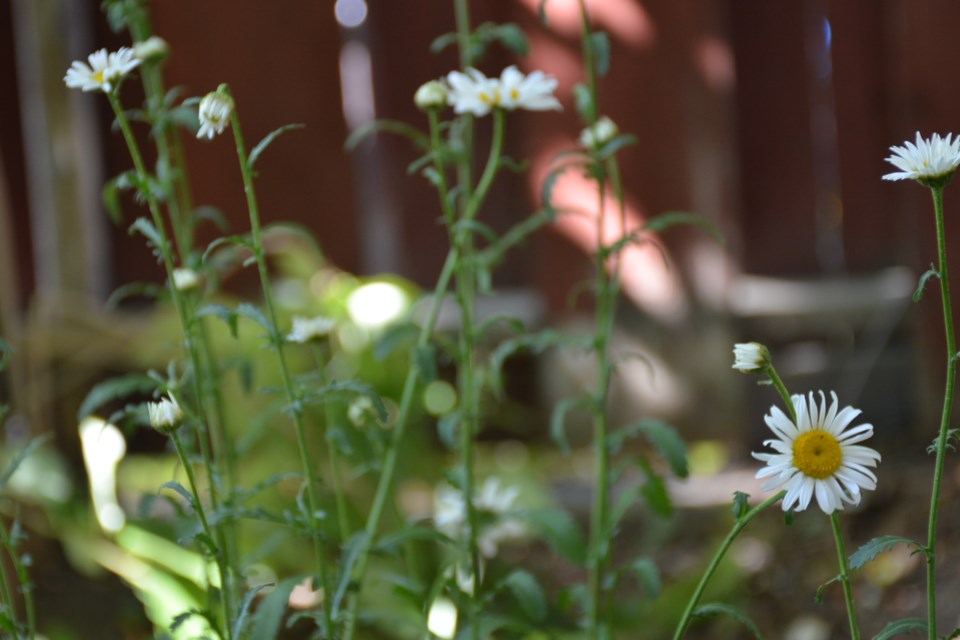There are invasive plant species lurking out there on the pristine landscape, and they’re making life miserable for native species. Parks Canada wants you to help get rid of them by taking their heads off.
Your mission, should you choose to accept it, is to track down the Oxeye Daisy and the Meadow Hawkweed and eliminate them with extreme prejudice.
“We've chosen these two specifically because of their phenology: the timing right now. The two of them are in flower now, and they're easily identifiable,” said Marci DeWandel, vegetation restoration officer for Jasper National Park.
“In order for people to help, we needed to find a species that would respond to picking the flower heads off and also were easily identifiable. These two species fit the bill.”
The Oxeye daisy is similar to a common daisy with white petals and a yellow centre.
The Meadow hawkweed resembles a tall, multi-flowered dandelion.
People are asked to carefully pick off the flower heads including a bit of the stem if possible. Place the flower heads immediately in a bag or pail, and then call the Vegetation Program for pickup.
Doing so is a public way of helping to protect the biodiversity and ecosystems that are unique to Jasper National Park.
Both of these species are in great abundance within and surrounding the Jasper townsite currently. They can also be found around the back Pyramid Bench area up to the Discovery Trail. DeWandel asked people to start with their own yards before they move out to the townsite and the rest of Jasper National Park.
They also thrive in disturbed areas and any areas of really poor soil, she said. This includes roadsides and along the railroads as well.
These two species can be aggressive by taking up the nutrients and habitats that should be havens for native plants.
“What's interesting about an Oxeye Daisy, for example, is it's what we call ‘allelopathic’, so it actually sends out toxins into the area around it that disallows other plants to grow. It has a very interesting type of attack,” DeWandel said.
“It's this beautiful, lovely plant that is very aggressive. Also, because they're not from here, they don't have any natural predators at all. There's no insect, for example, that will feed on the leaves of an Oxeye Daisy. It really is pretty solid in the landscape here, and it tends to out-compete a lot of our native plants.”
Because they are so aggressive, Parks Canada has an equally aggressive method of eradicating them. As if removing their heads wasn’t enough, DeWandel and her team will then incinerate them.
“We have to fight fire with fire,” she said.
It is also important to make sure that you are not picking a native species that might look similar to invasive alien plant species.
Anyone who needs help with plant identification before removal can call Parks Canada vegetation staff. They can be reach by phone or by text at 780‑852‑7904 for such consultations or for pickup.




